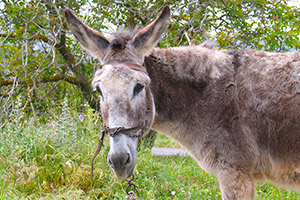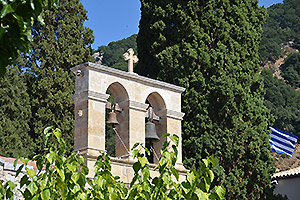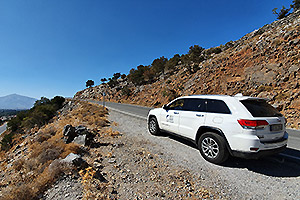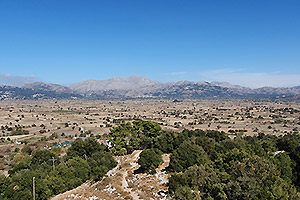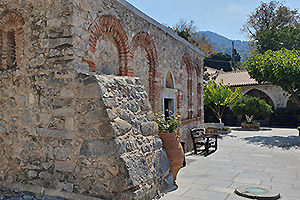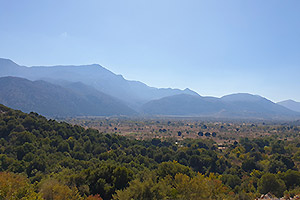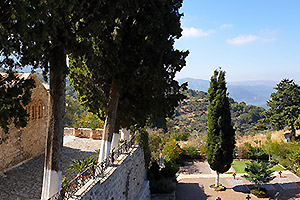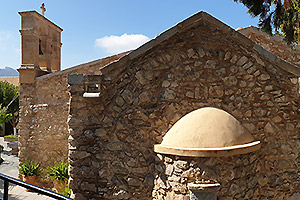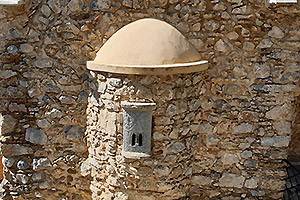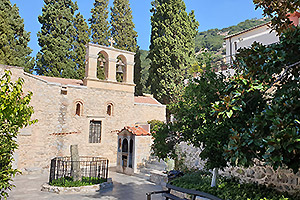Lasstihi Plateau
Lasstihi Plateau
The lassithi Plateau occupies an area of 2,500 hectares, 840 meters above the see level, and belongs to the prefecture of Agios Nikolaos. Crete has been the springs for myths and legends and especially so in Lassithi plateau, where the God of teh Gods was born, in the cave Diktaion Andron one of the most famous caves of the plateau. Lassithi is an area of such wide diversity.
The Lassithi Plateau is scenic area for birdwatching. The Fauna promises bird watchers a real adventure with varieties of birds like red-footed falcons eagles, vultures, Eleanora's falcons, the glossy ibis, as well as all sorts of wades and sandpipers. The surrounding mountains are a great place to spot birds.
Worth to see is the Monastery Monastery of Kera – Kardiotissa. The foundation and the history of the monastery, the first mention of which dates to 1333 is inextricably linked to the wonderworking icon of the All-Holy Virgin the Kardiotissa , which according to tradition was painted by St. Lazaros, a monk and icon painter who lived during the period of Iconoclasm. You will be rewarded with nostalgic sights as windmill and traditional Villages in Lassithi plateau authentic farm living. Nowadays there are only a few windmills in Lassithi plateau but there is much renewed interest in the restoration of the windmills, which would bring back the typical picture of the Lassithi Plateau as it once was.
Windmills now are of the alternative sort, supplying an alternative source of energy, and whilst these towering metallic structures may not quite have the charm of the old mills, they are ecologically important. A centre of revolution against Venetian rule in the 13th century, the Venetians depopulated the Lasithi Plateau in 1263 and forbade cultivation due the rebellious nature of the locals; a couple of centuries later and with Venice’s desperate need for corn, the plateau was allowed to be resettled. The ditches, still in use today for drainage are almost from Venetian times.
More information for booking the best Hotels, Apartments and Villas in East Crete: info@kreta.com, The Crete-Experts have the best ideas for Crete!



